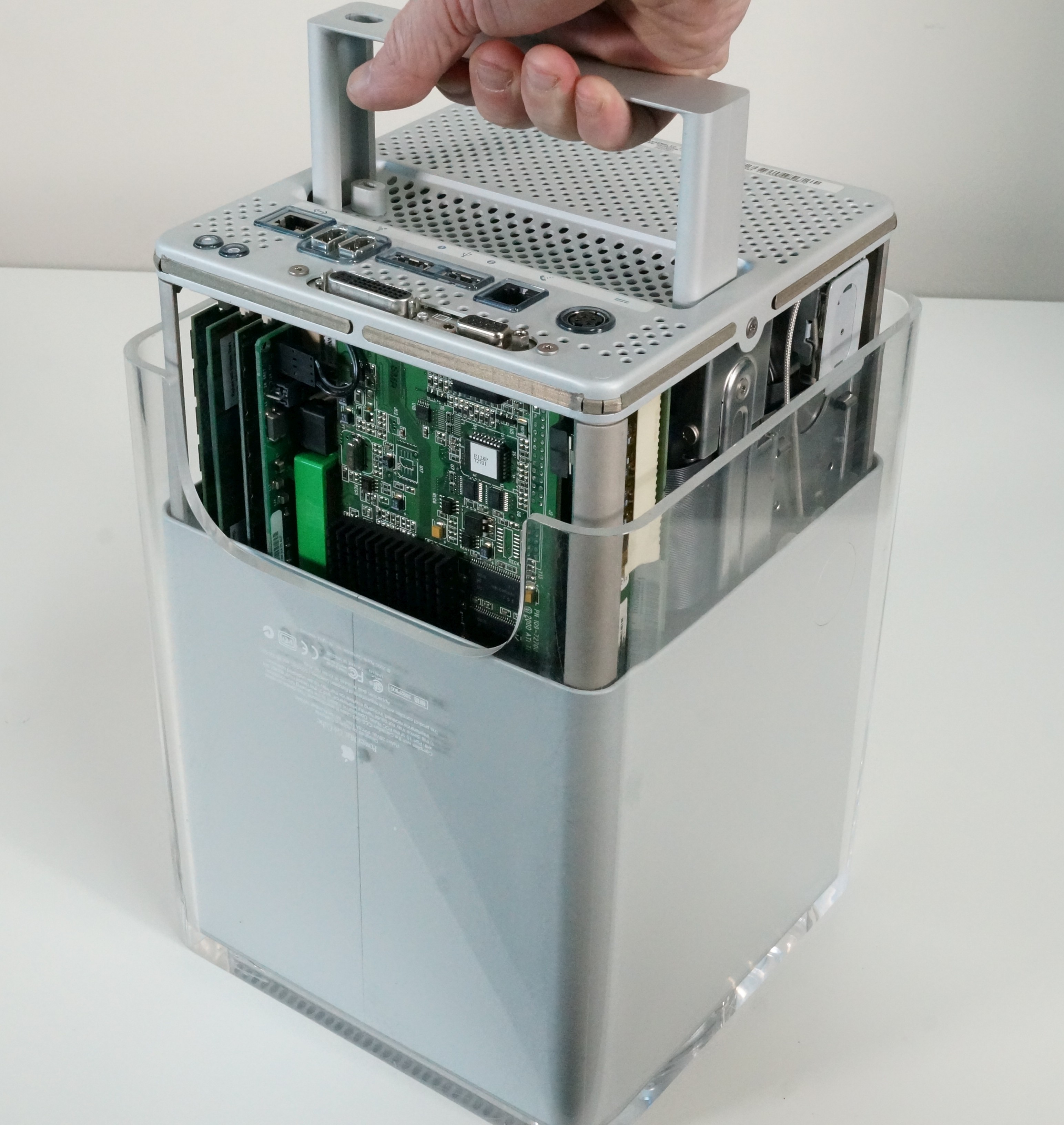Like many others that grew up in the 80s/90s, you probably have fond memories of going to school listening to your Sony Walkman or later on their Discman. Among the many models of portables that Sony made over the years, a few top of the line models remain in the minds of collectors and audiophiles alike as the best sounding portables ever made. Walkmans like the WM-DD9, WM-DD100, WM-DC2 with the king in terms of sound being the (semi-portable) WM-DC6 - which reigns as one of the best portable cassette players ever made.
On the realm of digital music, Sony had their Discman series. This line has a few players that commonly make the top of the list of the best players ever made are the D-Z555 (also called D555), D10/D100, D35, D303 and D350. More often than not, the throne of the best Discman ever made goes to the D-Z555 for a combination of features, looks and sound quality.
Note that the best portable disc players were made in the early 90s and below, when it was considered a luxury item made for audiophiles. When the Discman became more main stream, some features were added such as ESP (Electronic Shock Protection) or later MP3 discs playback, but with these new "features" it came price cuts and the end of their high-end units.
The Sony D-Z555 was released in 1989 and it features not one but two (!) backlit LCDs displays, one of the displays spotting a spectrum analyzer (how cool is that for a portable!?). Inside the unit, you will find two audiophile-grade PCM66P DACs and for the very first time on a portable and consumer device: 8 times oversampling and a DSP chip. The player also spot a digital optical output (which was a very new technology in 1990, especially on a portable unit!), a remote port (for an optional IR remote) and line out.
 |
The Sony D-Z555 (or D-555) and it's 2 backlit LCD displays in action
PS: testing it with a great game soundtrack from the time the D-Z555 was released (1990)! |






